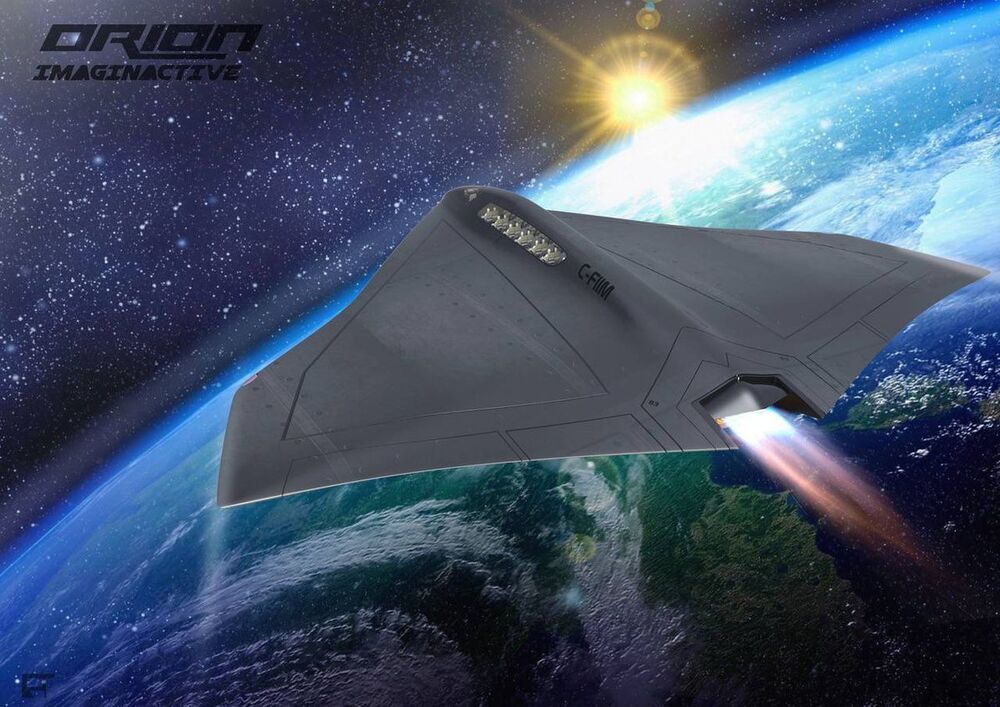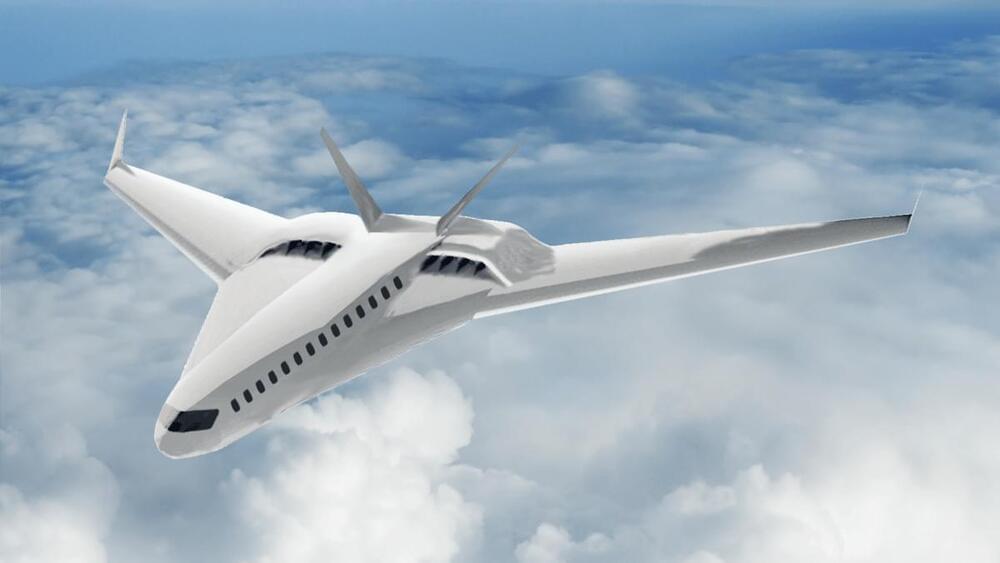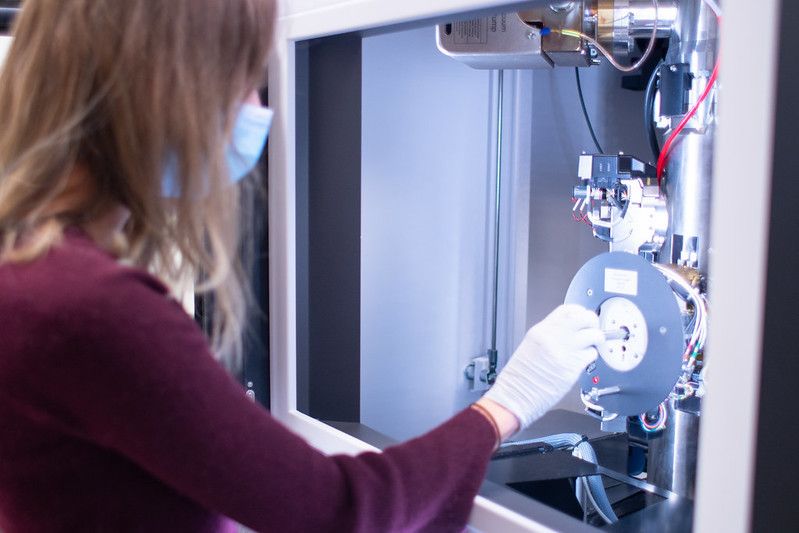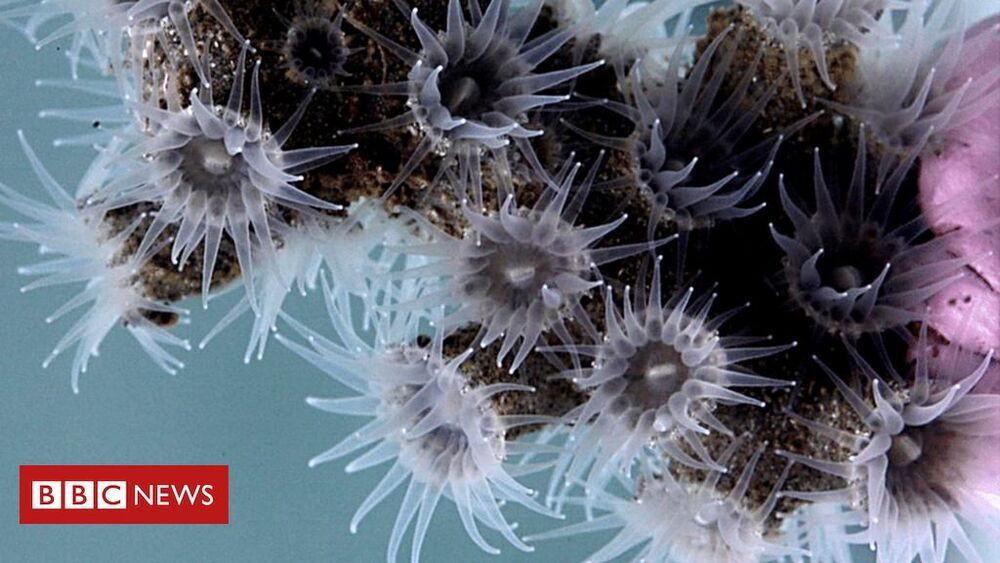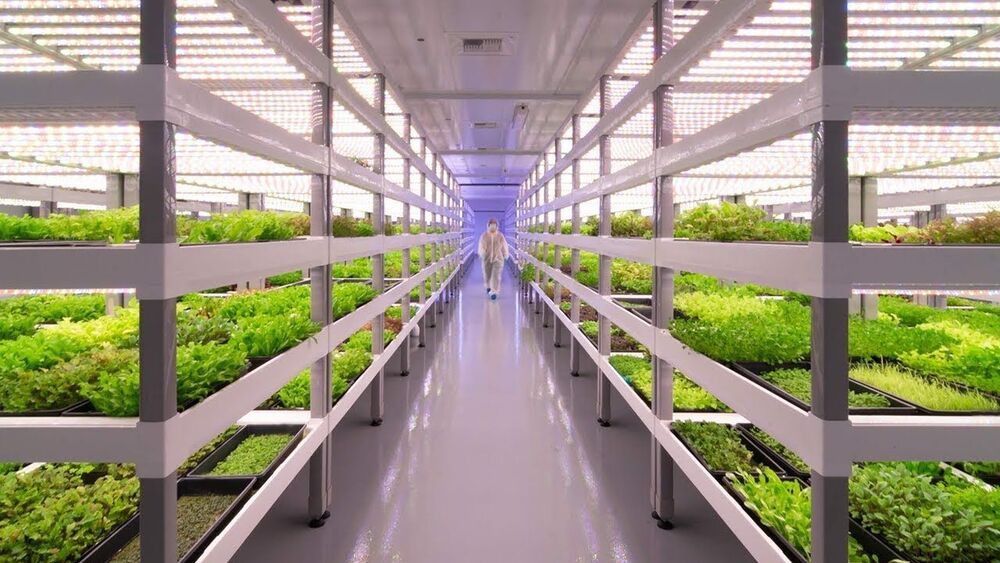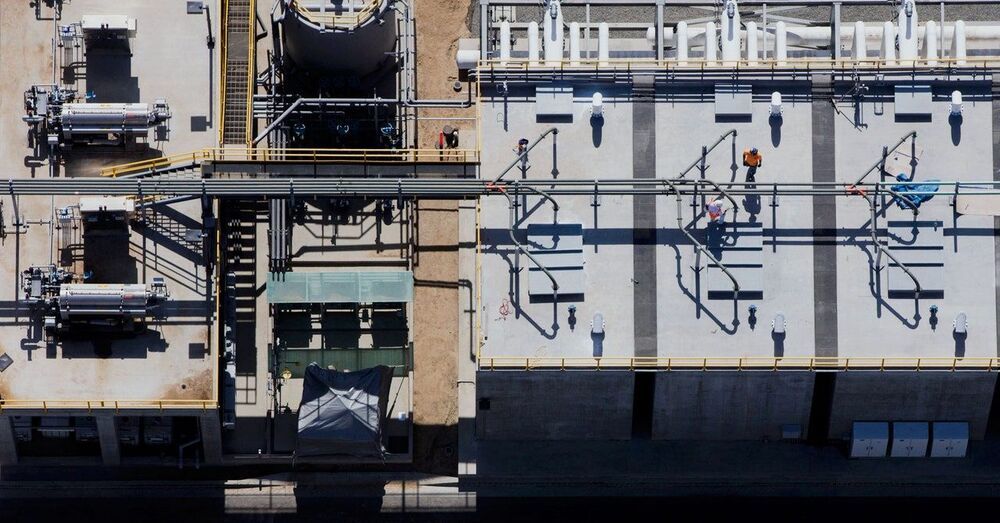The world is far from perfect, and 2020 did throw the proverbial spanner is the works, but the improvements we have made are not to be ignored!!
We are winning…
I will review the lesser shared news the world is not as bad as you might have been led to believe, even if it is not yet perfect.
I will show the signs and discuss the reasons the world is better than ever before, and why it is better than you thinks…probably.
We will come to see that life is better now than in the past and the world is still improving.
Disagree, feel free to leave your thoughts with relevant data to back up your comments smile
0.26 — Optimism about future improvements in global living conditions.
0.45 — Public perception of the change in global extreme poverty.
1.11 — Share of people who expect the world will be better off in the future.
1.52 — Eradicating extreme poverty & hunger.
2.31 — Reducing child mortality.
3.15 — Combating malaria.
4.15 — Reducing deaths in war.
5.12 — Increasing literacy and universal primary education.
6.08 — The world as 100 people.
7.17 — World population in 2018
7.28 — Life expectancy change 1543 to 2015
7.33 — Causes of death.
7.48 — Real GDP per capita 1950 to 2017
8.36 — Coronavirus.
9.26 — Great scientific minds.

